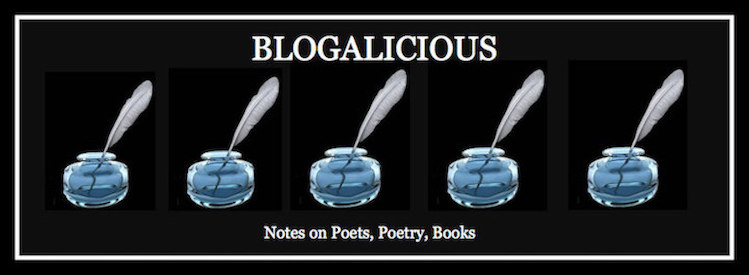(Click for Amazon)
Several months ago novelist Lauren B. Davis hosted me at a poetry reading at Trinity Church in Princeton, NJ, where she is writer-in-residence. Because I admired her energy, candor, and intelligence, I bought and read her novel, The Radiant City. The same qualities I found in Lauren, I found in the book. It's one of those books you don't want to end. History and current events are brilliantly woven into the plot, which is complicated and dark, but with an ending that suggests the possibility of redemption for the cast of broken characters.
Since both Lauren and I belong to the social network, She Writes, I decided to do a piece for their ongoing feature, "5 Questions." In this feature, one member asks another 5 questions on whatever topics the interviewer chooses.
To whet your appetite for the rest of the interview, here's the first question and response:
DL: The single-sentence first paragraph of The Radiant City—“The night is the wrong colour."—reached out and pulled me right into the novel. The next paragraph begins, “The first sound he heard was the horses. They sounded like eagles torn apart, like metal gears stripping, like speared whales.” This is an intense and exciting opening. As a poet, I also found it poetic. How consciously do you work on style?
LD: I’m flattered you use the word “poetic” as I don’t consider myself a particularly poetic writer. I have enormous admiration for poets, and language-driven prose, and often read poetry as a sort of mental stretching exercise before I start my writing day. However, in my own work I’m more obsessed with character than language—with what makes people tick, with their blind-spots, their frailties, and their yearnings. Everything stems from that and any linguistic pyrotechnics are in the service of revealing my characters' interior worlds, and their conflicts.
For me, the more I concentrate on style, the less authentic it turns out to be. The best writing comes from a deep place in the subconscious, and is then polished by the conscious mind. When I write it’s a sort of meditative state in which I “dream” a scene and allow whatever’s down in the dark tangled roots to bubble up to the surface. I get a scene on paper noting as many significant sense details as I can, and then go back and craft the language, the images, the “mechanics” of the scene, if you will, to serve the narrative.
Read the rest of the interview here.


No comments:
Post a Comment
Let Me Know What You Think